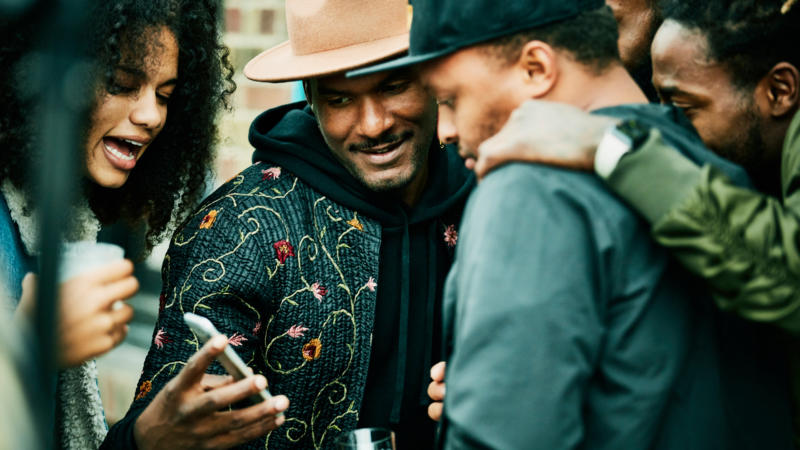Which social media platform has the best features? Well, it’s hard to tell nowadays when they all practically use a variant of the same basic features. From private messaging to disappearing story posts to live chatting and so forth, the social media landscape is starting to look like one big blur. So, what does that mean for the future?
In the beginning, social media platforms had to be unique to thrive.
When social media was just starting to find its footing on the internet, it was actually fairly easy to distinguish one platform from another: MySpace was famous for customizable pages where users could add profile songs and list friends in their top 8; Facebook was the place to go to constantly update your status and locate long-lost friends you almost forgot about; and Twitter changed the meaning of sharing what’s on your mind then quickly transformed into an all-around information hub.
The “Big 3” as we used to know them completely ran the social media landscape for years, one after the other as almost each one phased out from their peak in popularity. They dominated because they had identity-unique qualities that made users gravitate to them in some form or fashion. Innovation is what impressed us, but individuality is what gave these platforms lasting runs in the industry. This leads us to today’s problem — every platform giving up on originality and copying each other to see who can exploit a feature the best.
When did they all start to look the same?
Back in 2016, Instagram introduced “Stories” as its latest feature where users could post photos and videos on their profile for 24 hours. Sound familiar? It’s probably because this was originally Snapchat’s claim to fame. Then its competitor caught grief for stealing its concept. However, it wasn’t long before everyone began converting over to Instagram in favor of their new feature — which seemed to offer better perks over time like stickers, swipe-up links and the ability to mention others in posts. In this case, it looks like the followers came out on top over the originators, and unfortunately this wasn’t the end of the clone wars by any means.
Though Instagram is infamous for borrowing other platforms’ concepts (i.e. Reels inspired by TikTok), they’re not the only culprits capitalizing on someone else’s brainchild. Just take a look at The Cookout — the first-ever invitation-only social media app “created BY Black people, FOR Black people.”
The post-based app found itself entangled in a scandal earlier this year after another app calling itself the same name was caught stealing concepts from the aforementioned as well as the well-known audio app Clubhouse.
The original app explained in great detail the conspiracy behind the events in a two-part blog post, calling it in short a case of plagiarism.
“The willfulness to blatantly attempt to step over our intellectual property rights and outright STEAL from us is part of a larger pattern of disrespect for the ideas and hard work that Black women pour into literally every industry, only to have someone (usually a man) pretend that they thought of the concept the entire time,” they wrote.
This pattern of copying — though unfortunately happening in our own Black tech community as well — is a part of a system today that trickles down to the design and functionality of many apps we use on a daily basis.
Today’s social media apps are playing a game of “follow the leader” and it clearly shows if you look at how these platforms are relaunching previously-introduced concepts. Though each platform attempts to add their own flair, none of these features lead to original innovations down the line — only replicas that are repurposed and reused to breathe new life into aged creations.
Where will social media go from here?
For the platforms’ sake, the upside for these many commonalities is that the playing field is more leveled, despite every app still being in competition with another. With enough platforms doing the same thing, users now have a plethora of options to choose from so there’s no pressure to migrate to one app versus another. For now, it seems like every app is content with adopting and refining each other’s features, so the only thing left for companies to do is double down on why those functions make sense for each platform.
Will we ever see an end to the clone wars? Right now, it seems like that will only happen if the next first-of-its-kind app or concept is introduced in the future.

